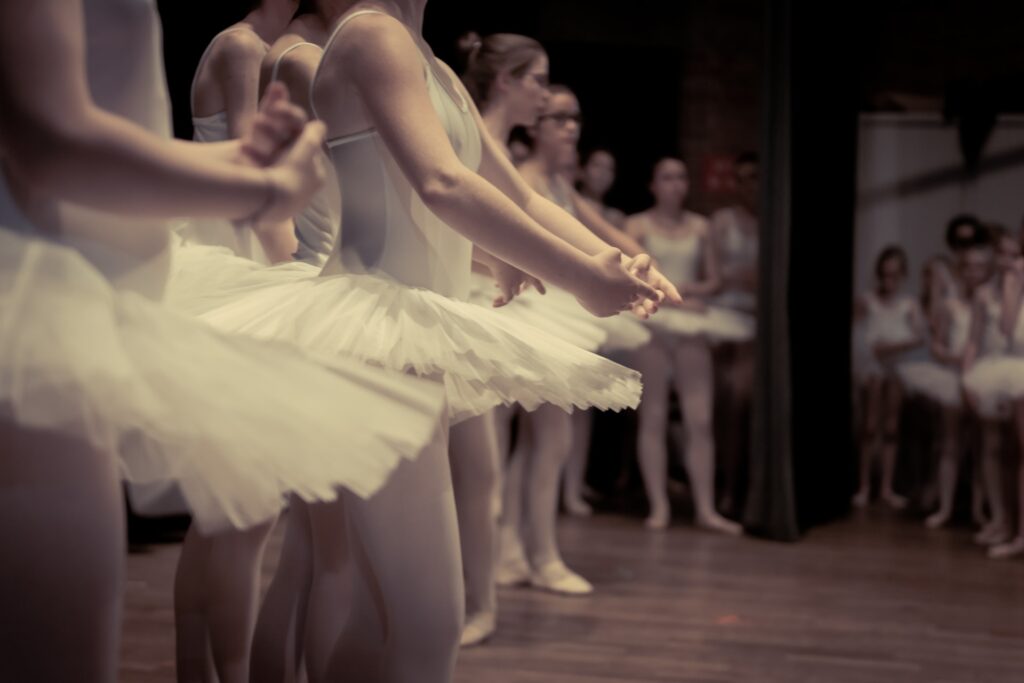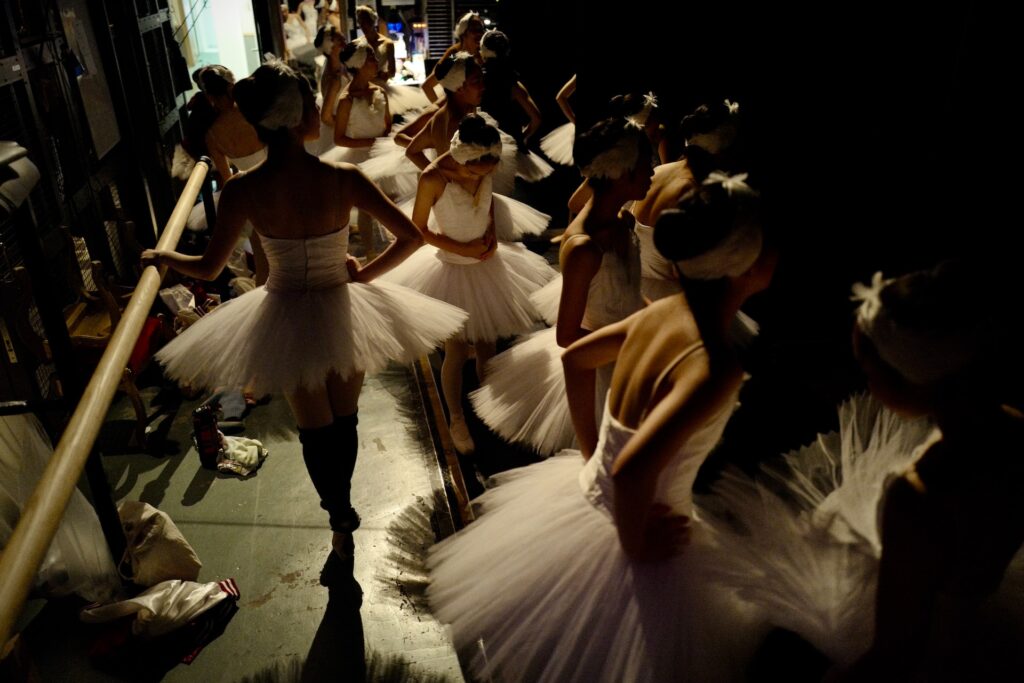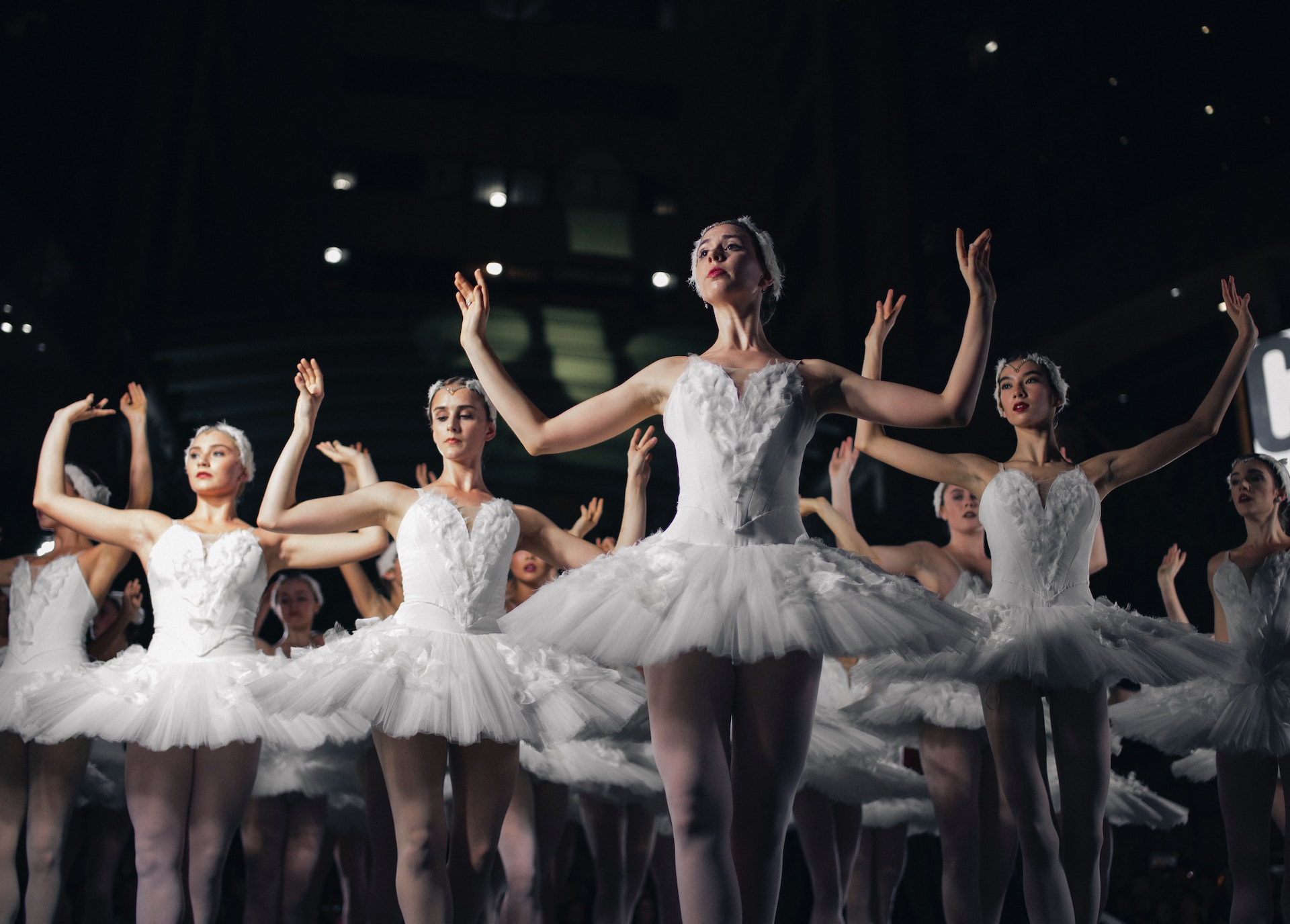New York City, the cultural capital of the United States, is renowned for its vibrant arts scene. From Broadway to the Metropolitan Museum of Art, the city has been a hub for creativity and innovation. Amongst the many artistic movements that have thrived in the Big Apple, one stands out as an emblem of grace, beauty, and precision – the New York City Ballet. Here, we delve into the intriguing history of the founding of the New York City Ballet, exploring its origins, key figures, and the impact it has had on the world of dance.
The Origins
The roots of the New York City Ballet can be traced back to the early 20th century when ballet began gaining popularity in the United States. However, it wasn’t until the mid-20th century that the ballet scene in New York truly blossomed. Two visionaries came together to lay the foundation for what would become one of the world’s most revered ballet companies: Lincoln Kirstein and George Balanchine.
Lincoln Kirstein, a passionate advocate for the arts, had a dream of establishing a ballet company in America that would rival those of Europe. He believed that ballet was not just a European tradition but a universal art form that deserved recognition on American soil. Kirstein’s determination and love for ballet were matched by the immense talent of George Balanchine, a Russian-born choreographer who had already made a name for himself in Europe.
The Founding of the New York City Ballet
The shared love for ballet of Kirstein and Balanchine and their commitment to elevating its stature in America led to the birth of the School of American Ballet (SAB) in 1934. This school would later become the foundation for New York City Ballet (NYCB).
In 1948, Kirstein and Balanchine founded the NYCB, with Balanchine serving as its artistic director and Kirstein as its general director. The company’s inaugural performance took place on October 11, 1948, at the City Center of Music and Drama, marking the beginning of a new era in American dance.

Balanchine’s Influence
George Balanchine’s talent and creative genius played a pivotal role in shaping the New York City Ballet’s identity. His choreography was innovative, blending classical ballet techniques with a distinct American flair. Balanchine’s vision emphasized speed, athleticism, and musicality, revolutionizing the way ballet was performed and perceived.
Under Balanchine’s leadership, the NYCB became known for its “Balanchine Style,” characterized by its precise footwork, dynamic movements, and emphasis on musicality. His collaborations with renowned composers such as Igor Stravinsky and Leonard Bernstein elevated the status of the company and solidified its place in the world of dance.
George Balanchine’s impact on NYCB is immeasurable. His choreographic masterpieces, such as “Serenade,” “The Nutcracker,” and “Apollo,” are timeless classics that continue to be performed by the company today. Balanchine’s commitment to nurturing new talent also led to the establishment of the Choreographic Institute, ensuring the continued evolution of ballet under his artistic vision.
Milestones and Impact
Throughout its history, the New York City Ballet has achieved numerous milestones and left an indelible mark on the world of dance. In 1964, the company moved to its current home, the David H. Koch Theater at Lincoln Center, a world-class venue that further elevated its reputation.
The NYCB has also been a breeding ground for some of the most celebrated dancers in the world. Legendary ballet icons such as Maria Tallchief, Suzanne Farrell, and Mikhail Baryshnikov have graced its stages, captivating audiences with their incredible talent and artistry.
Moreover, the New York City Ballet has played a pivotal role in the development of new works. The company has commissioned countless original ballets, contributing to the evolution of the art form and nurturing emerging choreographers.

Building a Diverse Repertoire
While Balanchine’s works are at the core of NYCB’s repertoire, the company has also embraced new choreographers and expanded its range of performances. Under subsequent artistic directors, including Jerome Robbins and Peter Martins, NYCB has showcased a diverse array of works, from neoclassical ballets to contemporary pieces, ensuring the company’s relevance and continued artistic growth.
NYCB Today: Preserving Tradition, Embracing Innovation
Today, New York City Ballet stands as a symbol of artistic excellence and innovation. With its roster of exceptional dancers and renowned artistic leadership, NYCB continues to push boundaries, dazzle audiences, and inspire future generations. The company’s commitment to preserving Balanchine’s legacy while embracing new choreographic voices ensures a dynamic and vibrant future for ballet in New York City.
The Bottom Line
The founding of the New York City Ballet by Lincoln Kirstein and George Balanchine was a turning point in the history of ballet in America. Their vision and dedication to the art form paved the way for the establishment of a world-class ballet company that has become an integral part of New York City’s cultural fabric.
Today, the New York City Ballet continues to inspire audiences with its breathtaking performances, innovative choreography, and commitment to preserving the rich tradition of ballet while pushing its boundaries. As we look back at the history of the NYCB, we celebrate the enduring legacy of this extraordinary institution and its immense contribution to the world of dance.







